Review: ZTE Vital for Sprint
Jun 12, 2013, 8:30 AM by Eric M. Zeman
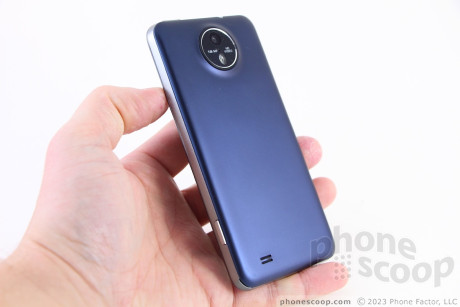
ZTE aims a little higher than entry-level devices with the Vital, a low-cost Android smartphone for Sprint. It is big on specs, but is it big on performance?
Form
Is It Your Type
If you're on a budget, but don't want to skimp on features, the ZTE Vital offers a superlative spec list for a surprisingly low price.
Body
ZTE still isn't that well known in the U.S., and in fact the battery is the only place you'll find the Chinese phone-maker's brand anywhere on the Vital. Instead, the Vital is being branded as a Sprint device. ZTE has actually brought a number of devices to U.S. carriers, including Cricket, MetroPCS, and Sprint, but the Vital is ZTE's most ambitious effort yet for the American market. The Vital has all the hallmark features of a superphone, including a giant screen, high-megapixel camera, and of course LTE 4G.
You'll probably notice two things about the Vital right away: its size, and color. The Vital is a big, big phone. Not only does it have stretched proportions thanks to the large display, but it is also a bit on the thick side. The deep blue color also helps set it apart. The overall shape is somewhat bland, but at least ZTE chose an attractive hue for the Vital. I find the blue a nice alternative to the tired-looking black and gray designs that are so prevalent in the smartphone market these days. Silver-colored accents give it just a little bit of visual pop that really provide the Vital with its own look.
The Vital is taller, thicker, wider, and heavier than devices with similar-sized screens, including the HTC One and Samsung Galaxy S 4. All of these factors together make the Vital a bit of a beast to lug about. It has a weighty, solid feel in the hand, and despite my large hands the Vital is not a phone I can easily wrap my fingers around. It will fit into pants pockets, but I wouldn't be surprised if you have trouble retrieving it.
The materials are a combination of plastic and glass. The battery cover, which encompasses the entire rear panel of the Vital, is covered in a soft-touch finish that gives it some nice grip. The silver-colored band that circles the edges of the Vital is not, in fact, metal. The seams between the band at the front and back surfaces are tight. The Vital feels well put together
The front is almost all display, though there's a bit of bezel above and below the screen itself. The Vital has three capacitive buttons for interacting with the Android operating system. They are back, home, and menu (not multitasking). The buttons themselves gave me trouble. The home button often required two or three presses to get it to work, for example. They offered good haptic feedback, though.
The volume buttons are placed on the left edge of the phone. Rather than use a toggle, ZTE chose to use two separate buttons. They are very easy to find, and travel and feedback is quite good. The microUSB port is placed below the volume buttons. Surprisingly, there is a dedicated camera button on the right edge of the Vital, right about where you'd expect to find such a button. It is a two-stage key that has a really nice feel to it. I thought the two stages had excellent definition. The screen lock button is on top, as is the stereo headphone jack. The screen lock button worked well.
The battery cover peels off with ease, and underneath you'll find the battery, SIM card and microSD card. All three can be removed, though the battery has to be pulled to access the SIM card.
It may be big, but the Vital is put together well.
Performance
Screen
The Vital's display measures 5 inches across the diagonal and it has 1280 x 720 pixels. Sprint will only say that the display is "break resistant," so we assume it employs some competitor to Gorilla Glass. The screen is very nice. I found it to be sharp and clear, with good-looking colors and easy-to-read text. It's not quite as impressive as today's best Full-HD screens, but it still looks really good. Viewing angles are excellent, and there's no color shift or brightness loss with it is viewed from the side. I found it hard to use the Vital outdoors, though, unless you set the brightness all the way up.
Signal
The Vital performs a bit below par when compared to other Sprint devices I've tested in the greater New York City area. In my home office, most Sprint phones collect two bars of service; the Vital collected none. In my basement, Sprint phones typically drop to zero bars, but maintain a connection; the Vital lost Sprint's network entirely in my basement. I saw the same behavior from the VItal in other areas around northern New Jersey. It often took more than one attempt to connect calls, and the the Vital dropped a handful of calls. It was a bit better at maintaining data connections, but web sites were slow to load over Sprint's EVDO 3G network. Sprint's LTE network isn't yet available in the NYC region, so we were unable to test that.
Sound
The Vital is acceptable as a voice phone, but barely. The quality of calls was decent, but voices in the earpiece often sounded muffled or dull. There wasn't any interference, such as hissing, scratchiness, or echoes, though. Further, the earpiece produces barely enough volume to hear calls in quiet environments. If you're somewhere with any amount of background noise, forget it. Setting the volume all the way up doesn't help. The same is true of the speakerphone. The quality is dull and lifeless, and the volume isn't anywhere close to being loud enough. People who I spoke to through the Vital said I sounded good, however. Ringers and alert tones are OK, but not great. I'd have preferred if they were much louder. The vibrate alert was nice and strong.
Battery
I was pleased with the Vital's battery performance. The Vital's 2500 mAh power cell kept it functioning throughout a full day, which didn't surprise me one bit. If I unplugged the device first thing in the morning, it would still be going at night, though it often had less than 20% battery remaining by about 11PM. The Vital does not have any battery-saving apps or features, so it is up to you to keep an eye on the battery indicator and adjust your usage accordingly.
Basics
Menus
Sprint has been really great about shipping devices with near-to-stock Android. The Vital ships with Android 4.1.2 Jelly Bean. The user interface itself is fairly clean, but it is packed with far more Sprint-branded apps/services than I'd care to see,
That said, the basics of the Vital's operating system fall in line with what we all expect from Jelly Bean. The lock screen isn't customizable, but it offers shortcuts to the camera and the phone. The notification shade has all of the same actionable items as on other Jelly Bean devices. The Vital has five home screens out of the box for customization, and the main app menu and settings menu each function in identical fashion to stock Android devices.
Sprint iD is on board, which is Sprint's customization tool. Sprint iDs are essentially app/theme/widget packs that can be installed onto most Sprint Android devices. Each iD pack has its own collection of content based on the theme. There are several dozen from which to choose. The only bummer is most iDs also download stuff you might not want, such as extraneous wallpapers or games.
In terms of performance, the Vital is a bit lacking. The processor isn't always up to the task of running things smoothly. The Vital often ran slow, or felt bogged down. Screen transitions lagged here and there and - worse - the Vital was prone to a lot of random reboots.
Calls/Contacts
The phone and contact apps on the Vital function similarly to just about every other Android Jelly Bean smartphone. In-call options run the norm, and include speakerphone, mute, send to Bluetooth, and add a line. There are Android's usual home screen widgets for direct access to contacts of your choice, as well as the a nice unified widget for a collection of your favorites. The bigger widget lets you access your top nine contacts and gives you a cool UI for interacting with them on the home screen.
Messaging
As far as messaging goes, the Vital has the stock Android tools on board and nothing else. The SMS app offers nice, threaded conversations; the Gmail/email apps are great ways to manage your inbox. The Google+ and Google+ Messenger apps are good for keeping up with your G+ activity. The Hangsouts app (formerly Google Talk) is as powerful as ever for IM and video chats.
Neither Facebook nor Twitter is pre-installed, so you'll have to download them from the Play Store yourself.
Extras
Media
The Vital includes the native Google Play Store and associated apps for consuming media in addition to apps. The store lets Vital owners purchase music, television shows, books, and magazines, as well as movies and movie rentals. Each type of content has its own app for playback, and they are all pre-installed on the Vital. The Vital also includes the stock Android MP3 player, video player, and YouTube apps.
A handful of Sprint's media apps are on board, including Sprint TV & Movies and Sprint Music Plus, and there are more in the Sprint Zone. Sprint TV lets you stream video content over the network or Wi-Fi. It costs $2.99 per month to use. The selection mirrors that of primetime with content available from providers such as Disney, FOX, Nickelodeon, and CBS. Sprint Music Plus is another avenue through which you can choose to purchase or listen to music.
The Vital also includes an app called Media Share, which is made by Twonky. This app makes use of DLNA to ease the pain of wirelessly connecting with and sharing content to HDTVs and other DLNA-compatible equipment. I found the app easy to use and managed to pair the Vital to my TV set via my home Wi-Fi network with no trouble.
Camera
Despite the presence of a physical camera button, the Vital must first be unlocked before the camera can be used. Thankfully there is a camera shortcut on the lock screen that takes you directly to it. Alternately, if you're using the phone already, a long press of the camera button will launch it. The camera app opens fairly quick.
The camera software is rather basic. The viewfinder takes up the central portion of the screen, and there are gray stips along either side for accessing the controls and functions.
Four settings controls are visible (front-facing camera, shooting mode, effects, and full settings). They work just as you expect them to, with drop-down menus that make selecting between the options a breeze.
There are 17 different shooting modes, which include normal, panorama, macro, night, etc. There are also 12 different filters (think Instagram). The controls for resolution, picture quality, and so on are all easy to adjust. The Vital can be set to recognize faces, which helps it detect blinks and smiles, as well as eliminate red-eye. The camera is quick to do everything. I also like that it has touch-to-focus.
Photos
The Vital's 13-megapixel shooter does a fine job, but not an excellent one. For the most part, images were crisp and in focus, and exposure was accurate. White balance was a bit inconsistent, though, and tended to lean towards the yellow end of the spectrum, especially with indoor shots. The flash helped alleviate that problem a little bit. I saw a tad bit more grain than I wanted to. If you want me to compare the Vital's camera directly to some of its competitors, there's no doubt today's top phones do a better job than the Vital.
Video
The Vital can capture video at a max. resolution of 1080p HD. In general, video results look pretty good. Video footage I captured was in focus and exposed correctly. White balance was more consistently accurate than it was for stills. You'll be proud to share your mini masterpieces with friends on YouTube and other social networks.
Gallery
The Vital uses the stock Jelly Bean gallery app. I find it easy to share pictures via this app, but the separate albums can be a bit annoying to sort through because the gallery automatically loads all your Picasa/Google+ photos, in addition to what's on the camera roll. The gallery lets you rotate and crop images, as well as adjust color, reduce red-eye, and apply a handful of different filters.
Apps
Sprint has been proactive in reducing bloatware on its Android phones, but the VItal is an exception. Not only are Sprint Zone and iD on board, but so are Sprint TV & Movies, Sprint Music Plus, and a handful of useless games and other random apps. Both Sprint Zone and Sprint iD let you do nothing but download other Sprint-branded apps and services.
Bluetooth
The Vital's Bluetooth radio connected to other devices with no problem. Call quality was, however, a real problem. The quality simply isn't good enough. I found it impossible to hear people when attempting to hold conversations through headphones or my car's hands-free system. On the flip side, music sounded really good through stereo Bluetooth speakers.
Browser
The Vital has the generic Android browser installed in addition to Chrome. I found both browsers to be good at loading web sites and rendering content, but browsing via Sprint's 3G network is still painfully slow. Browsing will surely be speedier in areas where Sprint's LTE network is available, but we were unable to test the Vital under LTE. The browsers themselves are fine for surfing the net.
Clock
The Vital has a white digital clock that is visible from the lock screen. It cannot be customized or changed. It's difficult to read outdoors, and is best paired with a dark background image.
GPS
Google Maps is pre-installed on the Vital, as is TeleNav's free Scout application. Both are capable pieces of software for discovering local points of interest and routing directions to them. As far as the GPS radio is concerned, it is accurate, but not all that quick. It often took more than 30 seconds to find me, and it was never more accurate than about 25 feet to my actual position.
Wrap-Up
The ZTE Vital is a bit of a puzzler for me. Though ZTE did a good job with the hardware and design, there are some fundamental functionality issues that concern me. For one, the poor behavior on Sprint's network, the crummy call quality, and the slow data performance. These are all things that modern cell phones should excel at. Instead, the Vital falls below average. Beyond that, the slow performance and random reboots are very troublesome. I saw as many as a dozen in a single day, despite the fact that the Vital was running the latest OS build from Sprint.
Beyond these concerns, most other facets of the Vital do well. The battery is fine, the user interface is clean, the messaging and media options are robust, and the camera isn't too terrible.
Here's the real problem. Sprint is selling the Samsung Galaxy S III (true, last year's phone) for the same price as the Vital at $99. At the end of the day, you'll be better off with the GSIII than you will the Vital.
Comments
break resistant
Eric M. Zeman Said:
The Vital's display measures 5 inches across the diagonal and it has 1280 x 720 pixels. Sprint will only say that the display is "break resistant," so we assume it employs some competitor to Gorilla Glass.
It uses dragontrail glass.
In fact it is more break resistant than gorilla glass, but is not that good at avoiding scratches as gorilla is (I think that It is because the material is less rigid, it contains more potassium or something)
Why not just get an S3?
When did you guys start adding the "Our Ratings" at the end of each phone review? I just noticed this so it must be a fairly new feature of the site. I love how you can click reviews now and sort by a particular rating. One thing I have always liked about this web site is the fact that there is a dedicated section of the review for performance (signal, voice, screen) these are very important aspects of any phone, regardless of how pretty it looks or what OS it uses. I'm quite happy to...
(continues)


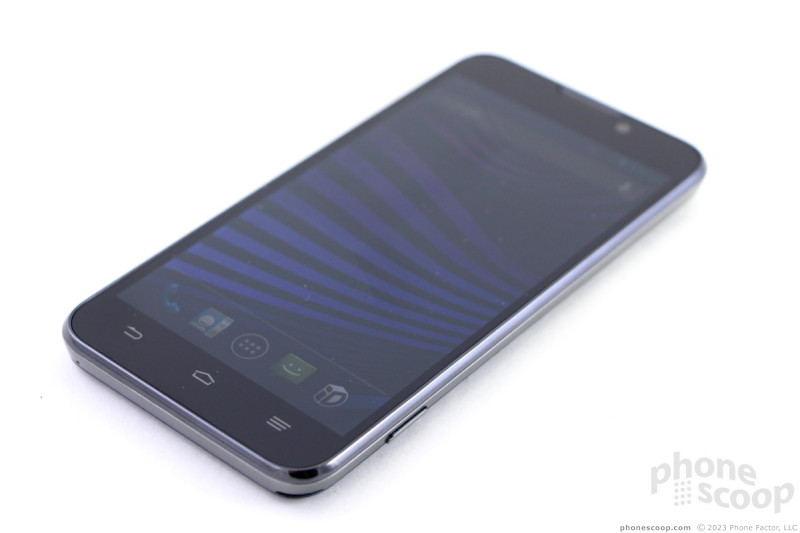










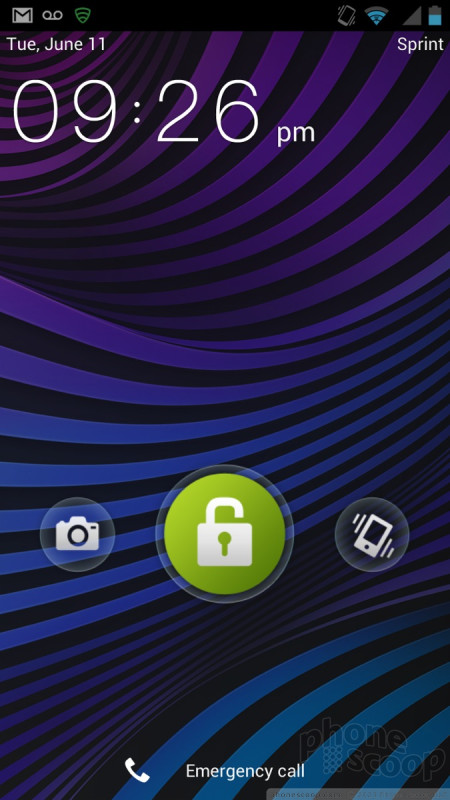






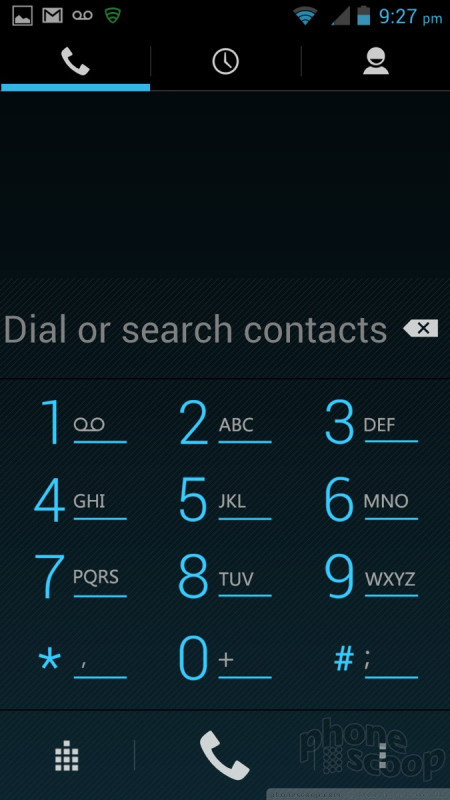




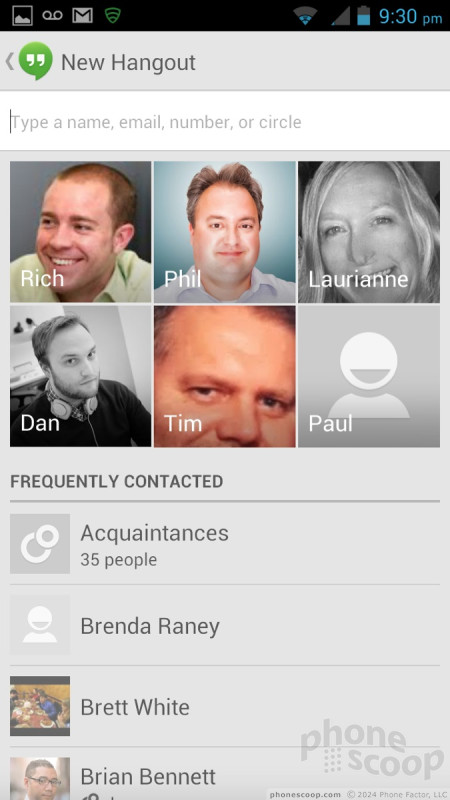




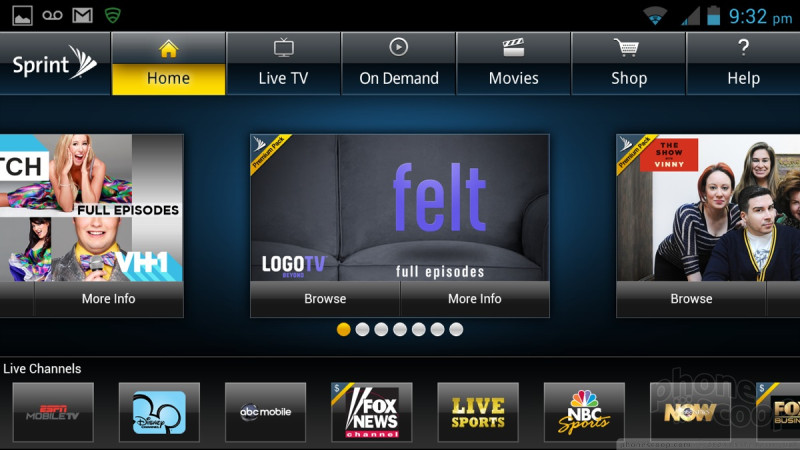




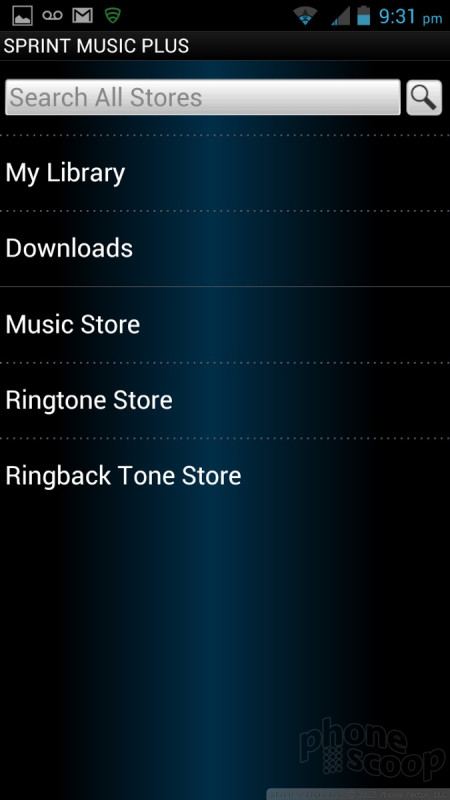




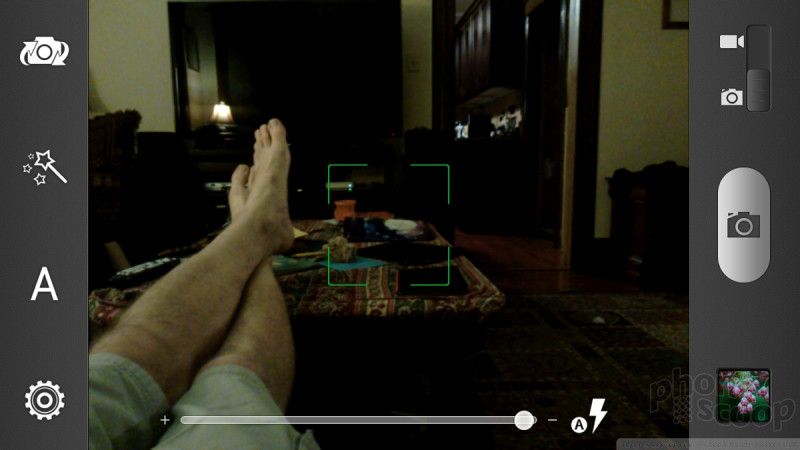



















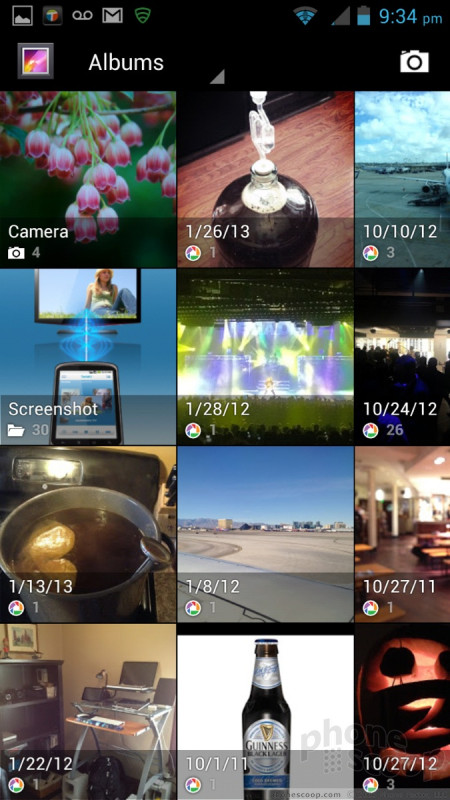




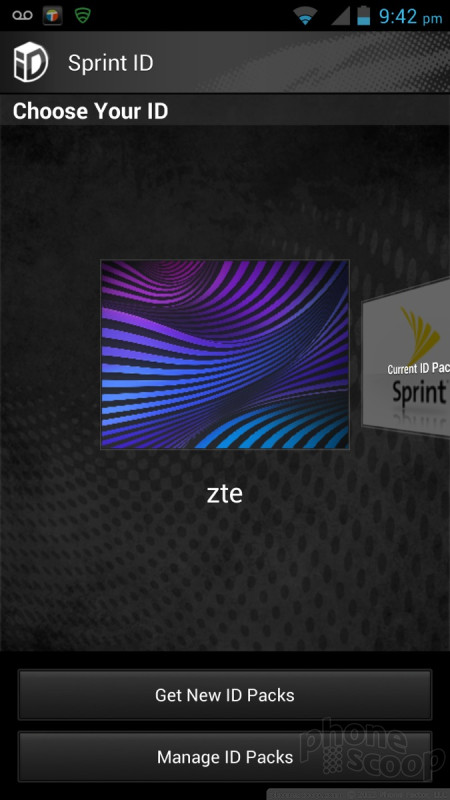







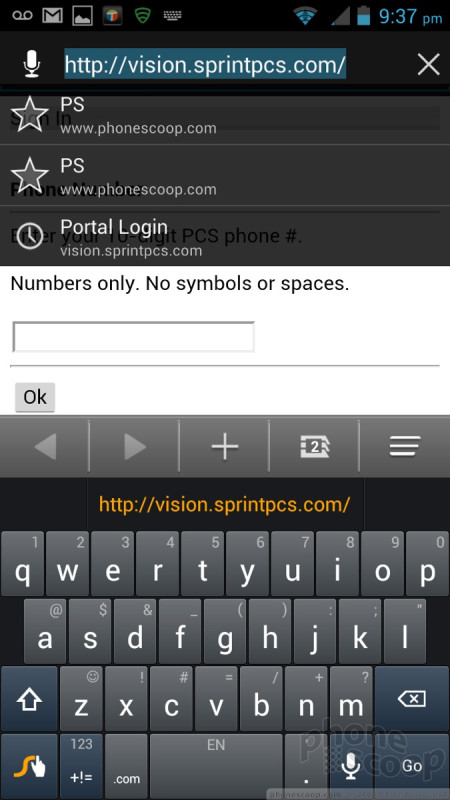




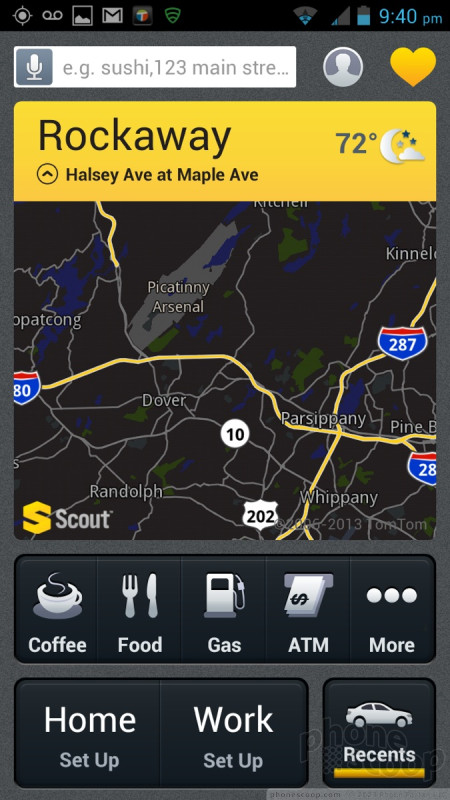



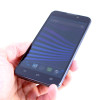 Hands-On: ZTE Vital for Sprint
Hands-On: ZTE Vital for Sprint
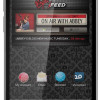 Virgin Pitches the Supreme as a Media Phone
Virgin Pitches the Supreme as a Media Phone
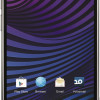 Sprint Lands the ZTE Vital with 13MP Camera
Sprint Lands the ZTE Vital with 13MP Camera
 iPhone 14 Plus Offers a Big Screen For Less
iPhone 14 Plus Offers a Big Screen For Less
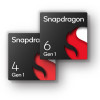 Qualcomm Intros Snapdragon Chips for 2023's Mid-Range & Affordable 5G Phones
Qualcomm Intros Snapdragon Chips for 2023's Mid-Range & Affordable 5G Phones
 ZTE Vital / Supreme
ZTE Vital / Supreme




